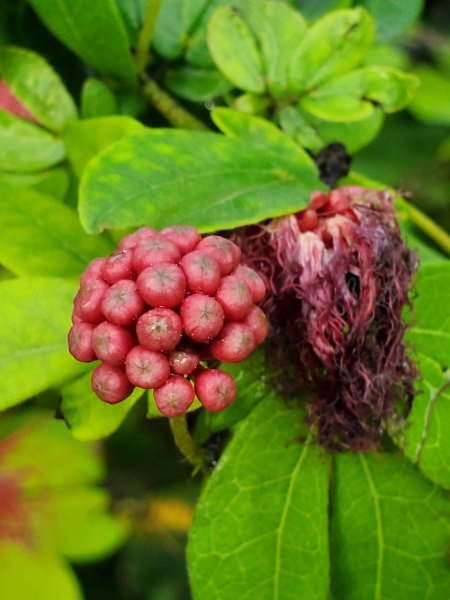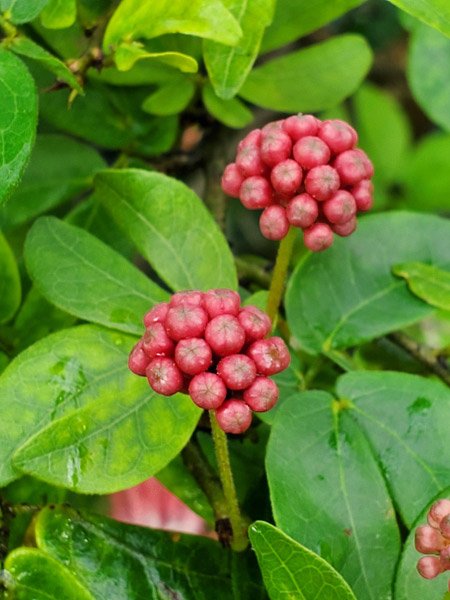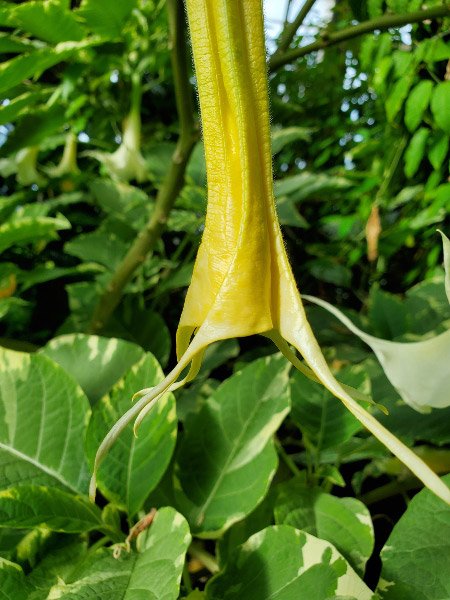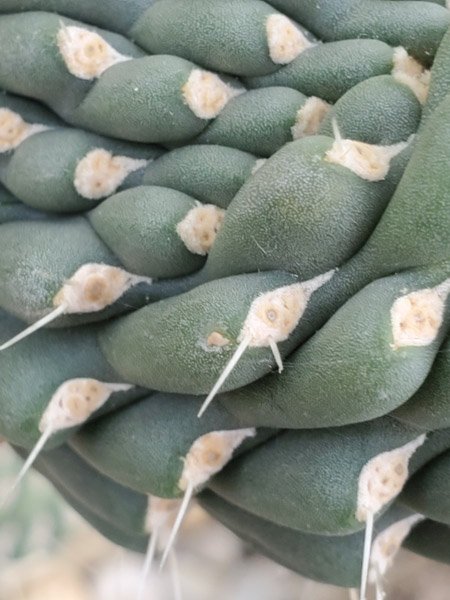The items below were ‘the cream’ of the articles and websites I found this past week. Click on the light green text to look at the article.
Top 10 things we learned about climate change in 2020 – I’m thinking about this more this week with the extreme cold in Texas…and lack of preparedness of utility companies and state governments. It drives home the overarching message now: doing nothing will cost more than doing something.
Top 25 birds of the week: Seabids! – Birds and water…from around the world.
Size, Shape, and diversity in phytoplankton – The tiny organisms that could be changing in warming, more acidic oceans….do we have enough of a baseline to know if these communities are changing in ways that will impact the food networks of our oceans?
Fairy Shrimp – A video from a vernal pool in Pony Pasture Rapids Park in Richmond, Virginia.
Wintering bird communities track climate change faster than breeding communities in Europe and North America – Weather impacts birds in the short term (my family has commented that they have seen flocks of robins in their neighborhood recently….having not seen them in the past 30 years they’ve lived in the area) but the longer term impacts of climate changes are only observable with large data bases built since the 1980s. This study looked at over 1,200 species of birds!
How to see the red fox in winter – We occasional see red fox in our neighborhood but I haven’t seen any (so far) this winter. Maybe after the snow/sleet is over I’ll take a walk and look for tracks.
Age provides a buffer to pandemic's mental health impact, researchers say -- ScienceDaily – It may not be ‘age’ as much as older people being more able to stay at home and avoid other people (stress reduction through conscientious steps to avoid COVID-19 exposure)….whereas young people are more likely to have to get out and about for work or other obligations. It could be difficult for older people living along…but maybe we have quite a few older people that are not alone in their ‘bubble.’
Sunset Crater's Explosive Past – The youngest of the volcanoes in the 1,800 square mile San Francisco Volcanic Field near Flagstaff, AZ. It’s a place I visited (and posted about) back in February 2015.
Immune driver of brain aging identified -- ScienceDaily – It seems to be a change in how myeloid cells handle glucose….tending to hoard it rather than using it for energy. I wondered if that is why people with diabetes are at increased risk for cognitive decline.
Magnetic fields detected in Venus Flytraps – A small magnetic field is produced when the trap closes!





















































